Without bloody wars, slowly, step by step, thoughtfully - this is how Iceland's independence was born. On June 17, Icelanders celebrate their Independence Day, and this year also the 80th anniversary of the republic's founding.
If Iceland had to define its relationship with independence on Facebook, for most of its existence it would have to check the option "it's complicated". For several hundred years it was dependent on Norway and Denmark, and a strong independence movement was not born in the land of ice and fire until the 19th century.
However, it would be untrue to claim that Iceland is a completely new country, created only in the 20th century. It is also a great oversimplification to associate this country with strong, bearded and fearless men, fighting storms, Vikings, sagas, a language difficult to pronounce and constantly erupting volcanoes and geysers. This is a vision only partially true (Iceland, we all remember 2010 and the eruption of the Eyjafjallajökull volcano), but more romantic than reflecting reality.
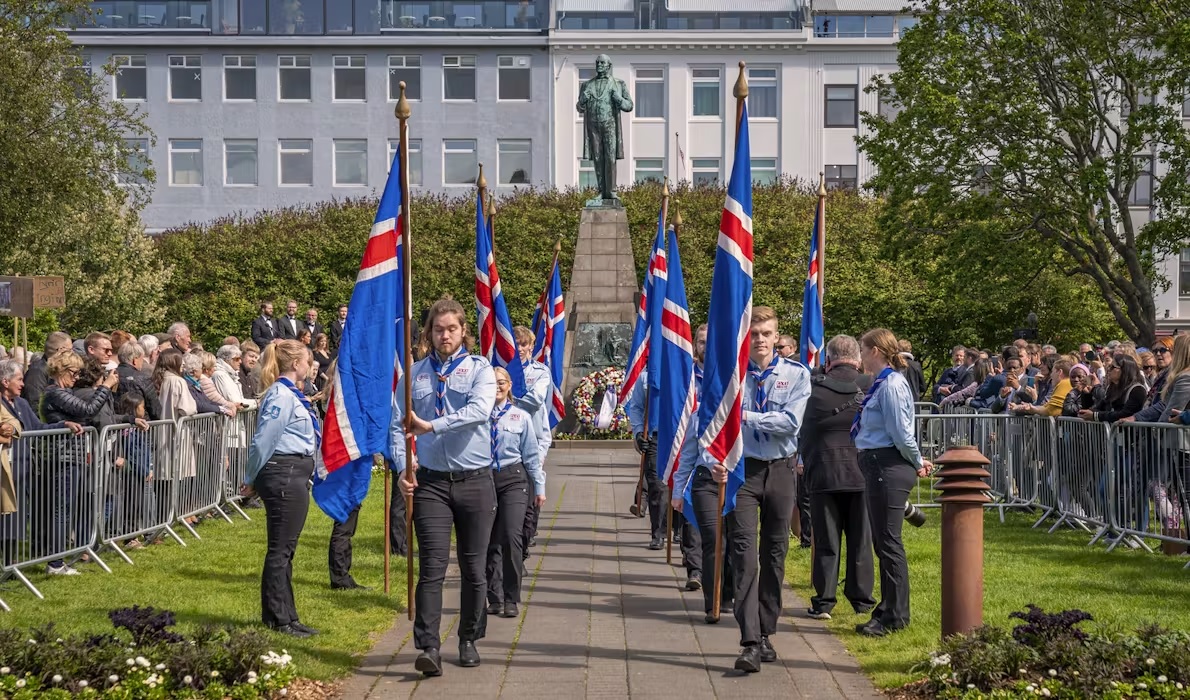
Icelandic Scouts during the National Day (Independence Day) parade in Reykjavik. In the background is a monument to Jón Sigurðsson, the father of Icelandic independence (source: visiticeland.com)
The golden beginnings
Here are some facts that show that Iceland - although slightly off the beaten track and settled as the last European country - has been a participant in events in Europe and the world for over 1,000 years.
Let's start with a fact that is probably not widely known. The Icelandic Parliament – Althing – is one of the oldest parliaments in the world! Icelanders - pioneers of parliamentarism? Surprising, right? The Althing first met in 930. It was a legislative and judicial body, part of the system of governance of the Free Icelandic Community. It met once a year at Thingvellir in the southwest of the island. The Althing meeting was something! Merchants, craftsmen, farmers and travelers then came to Thingvellir.
Secondly, the beginnings of permanent settlement on the island date back to 874, when the Norwegian Viking - Ingólfr Arnarson - settled in the place we today call Reykjavik. And before Ingólfr Arnarson, there were Irish monks on the island. Christianity was adopted in Iceland around the year 1000, i.e. around the same time as in Poland.
Thirdly, Íslendingabók, written in 1122-1133, or translated as "The Book of Icelanders", is considered the oldest preserved Scandinavian chronicle. It was written by the Icelandic priest Ari Þorgilsson.
Fourth, Icelanders were probably the first Europeans to set foot on the American continent. They reached Newfoundland, which is now in Canada. The expedition was led by Leif Eriksson.
And finally, fifthly, the 13th century is the time when the most important literary works with which Iceland is associated, i.e. sagas, were created. We can say that this was the golden age of sagas writing. The most important of them were written by Snorri Sturluson - an Icelandic poet and politician. He is, among other things, the author of the collection of sagas "Heimskringla". They tell about the battles of the kings, the establishment of the kingdoms of Norway, Sweden and Denmark, and the Viking expeditions to England. “Heimskringla” draws extensively from Norse mythology. He traces the lineage of Scandinavian rulers back to Odin himself and his descendants in the East in Valhalla and its capital, Asgard.
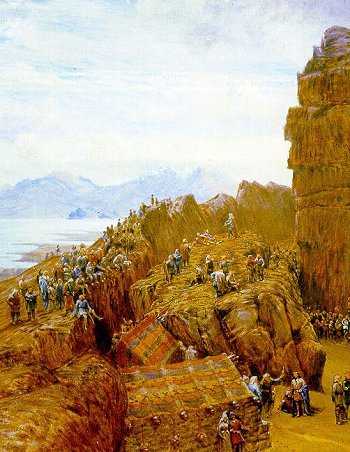
The Althing Session by William Gershom Collingwood
Civil war and dependence on Norway and Denmark
Iceland's independence lasted until 1262. Then the so-called ended. the era of the Sturlungs. This term refers to the over forty-year civil war fought between the most powerful families in Iceland. One of them was the Sturlungs. The war broke out because, given the growing power of individual families and their chiefs, it was increasingly difficult to maintain the island management system created by the first settlers. The effect of this war was the so-called The Old Covenant, in which the chieftains accepted the authority of the King of Norway. After this event, Iceland regained full independence only in 1944!
Why did the chiefs decide to take such a step? Well, there are several theories, but it can be assumed that they were simply tired of the war and believed that an alliance with the king would lead to lasting peace. The fear that the Norwegian king would impose an embargo on Iceland if it did not swear allegiance to him also played an important role. There is also a theory about the personal benefits of the chiefs who counted on appanages. Or maybe it was simply not a time of nationalism and Icelanders perceived the idea of sovereignty differently?
Either way, this one decision determined Iceland's dependence for almost 700 years, first to Norway and then to Denmark.
Jón Sigurðsson and the awakening of the Icelanders
Here we board the fastest train (we are eco, after all) in the world and go back to the 19th century. This is the time when the Icelandic independence movement was born. The first fiddle was played by Icelandic intellectuals educated in Denmark and inspired by romantic ideas, gathered around the magazine Fjölnir. Articles on Icelandic history, language and culture were published there by Jón Sigurðsson.

Jón Sigurðsson
There's a good chance you don't recognize him. In Iceland, Jón Sigurðsson is considered the father of the country's independence. It must be emphasized, however, that Sigurðsson's actions were about increasing Iceland's autonomy, not about full independence.
I will not write in detail about Sigurðsson's biography here. You can read about it, for example, on Wikipedia. What is important is that our hero participated in the most important events for Icelandic autonomy in the 19th century and that he did it "wisely". The Icelandic independence movement has always been a peaceful movement.
In 1845, the Danish king restored the Althing. It is true that it is a consultative body for now, but still. In 1867, the Althing received legislative power, and a few years later Denmark granted Iceland limited autonomy. In 1874, Icelanders already had their own constitution. Guess who had a hand in all these events? Sigurðsson, among other things, took part in the debates that led to the revival of the Althing, and later sat in the Icelandic parliament as an MP.
However, historian Gunnar Karlsson emphasizes that Jón Sigurðsson was a pragmatist rather than a romantic.
"Jon Sigurdsson was by no means a typical 19th-century national hero. He was not an extreme nationalist and for his time, was rather devoid of romanticism. Above all, he was a protagonist of modernization, democracy, human rights and economic progress... Jon's career was not typical for a leader of a liberation movement either. He was never arrested for his political activity or spent a single night in prison. On the contrary, for most of his life he was sustained by rather generous research grants from various scholarly institutions, more or less funded by the Danish treasury" - states Karlsson.
After that, things moved quite quickly. In 1904, the position of Minister for Iceland was created in the Danish government, and the island gained true autonomy.
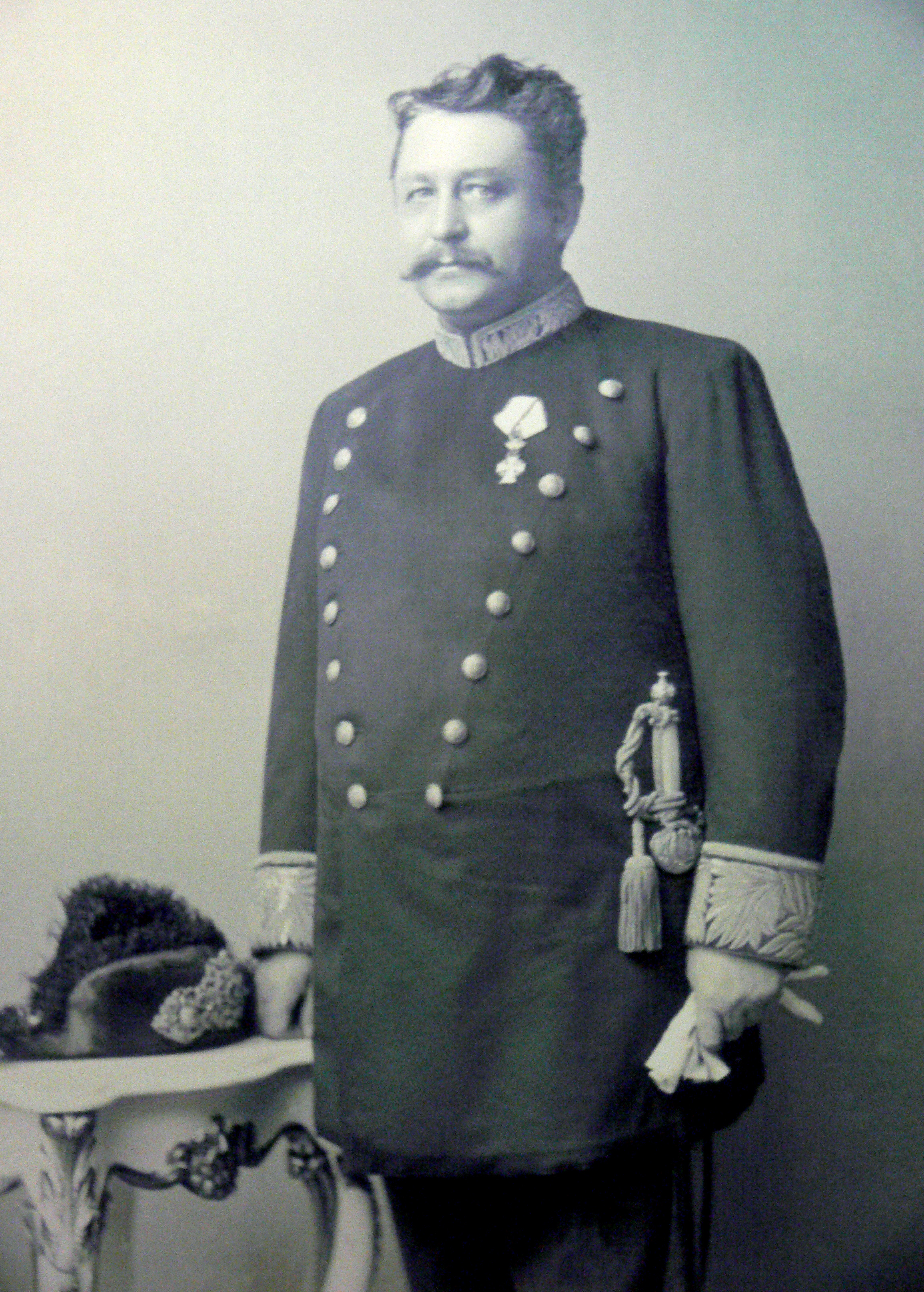 Hannes Hafstein - first Minister for Iceland in the Danish government and first Prime Minister of Iceland
Hannes Hafstein - first Minister for Iceland in the Danish government and first Prime Minister of Iceland
Two times independence
Everything was heading towards full independence. It can be said that Iceland became an independent country in 1918. On December 1 of this year, Denmark and Iceland signed an agreement under which they became separate countries connected by a personal union. The ruler was, of course, the King of Denmark. Denmark represented Iceland internationally and in defense matters. The agreement was to remain in force until December 31, 1943.
The existing order in Europe was destroyed by the outbreak of World War II. Denmark was occupied by the Germans in 1940. The Danes simply had no chance against the German machine, which was still accelerating at that time. In turn, Iceland was occupied by the British in the spring of 1940. Yes, word "occupied" is intentional here because it was an invasion that the Icelanders originally did not want. Looking back on it, we can admit that thanks to such a move by the British, they managed to forestall the German invasion. After the United States entered the war, the British handed over control of the island to the Americans. Some sources say that at its peak there were 40,000 American soldiers stationed on the island. Iceland had fewer adult men then - the population of the country was 120,000 people!
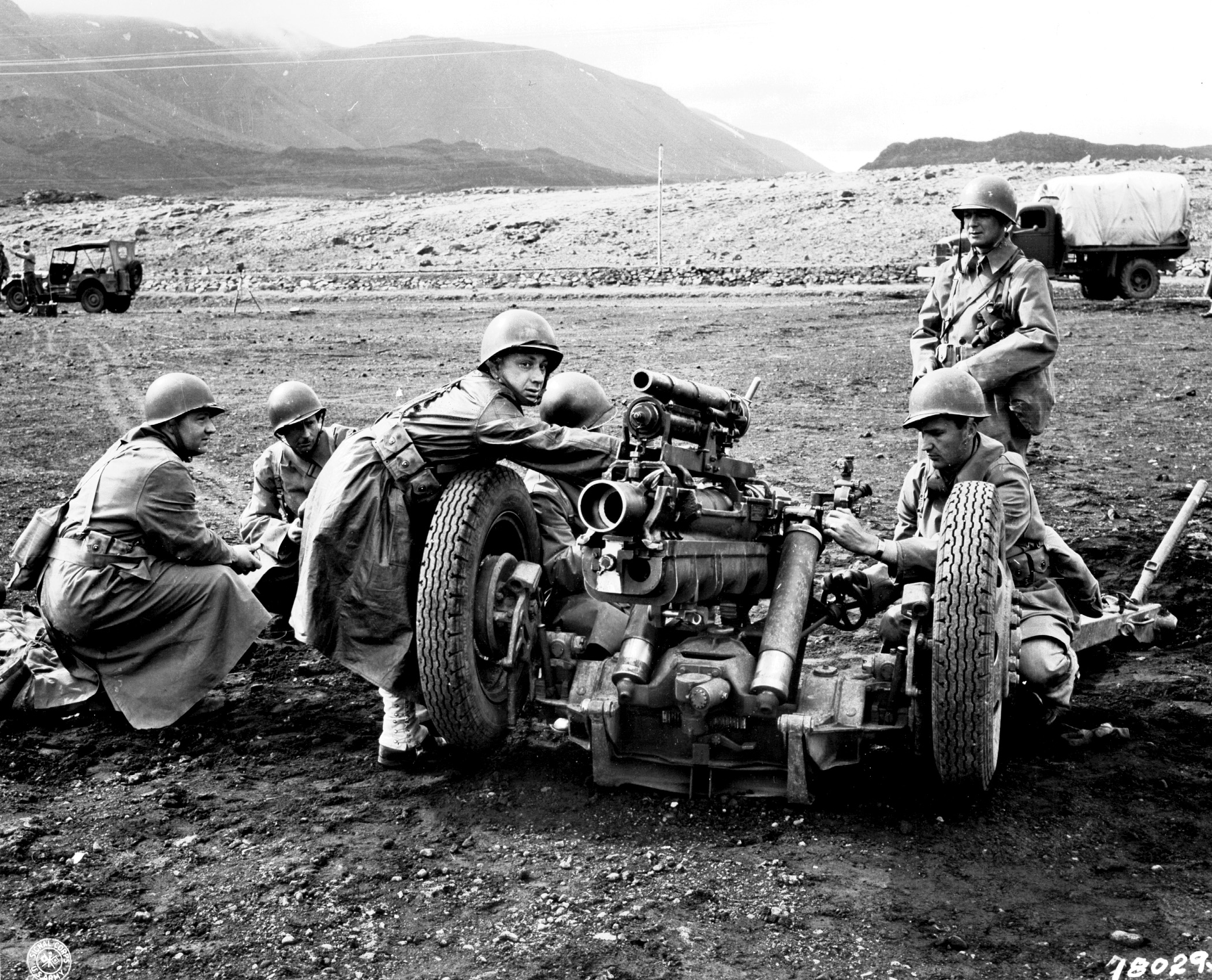 American soldiers in Iceland in 1943
American soldiers in Iceland in 1943
The key is that the presence of Allied troops helped Iceland avoid the conflagration of war and virtually eliminated unemployment. Studies even claim that by the end of World War II, Iceland had transformed from one of the poorest countries in Europe into one of the richest.
Here we come to a key moment for Icelandic independence.
On December 31, 1943, the treaty between Denmark and Iceland expired. Denmark was still occupied by Germany, and the Icelanders were faced with the question: "what next?".
From May 20 to 23, 1944, Icelandic citizens voted in a referendum on the future and political system of their country. There were two questions asked in the referendum.
Questions in the referendum in Iceland in May 1944
- Do you support breaking the union with Denmark?
- Are you in favor of adopting a new republican constitution?
The results that this referendum brought are unlikely to be seen in democratic countries today. The mobilization of society was enormous. The turnout was 98.6%. 97.35% of voters were in favor of breaking the union with Denmark, and 95.04% were in favor of a new, republican constitution. The Kingdom of Iceland has ceased to exist!
On June 17, 1944, Iceland formally became a completely independent country, and Sveinn Björnsson became its first president. It was on this day in 1944 that a ceremonial meeting was held in the Thingvellir Valley (where the Althing met) and a republic was proclaimed. June 17 is also Jón Sigurðsson's birthday. There is something to celebrate. Icelanders know how to celebrate anniversaries.
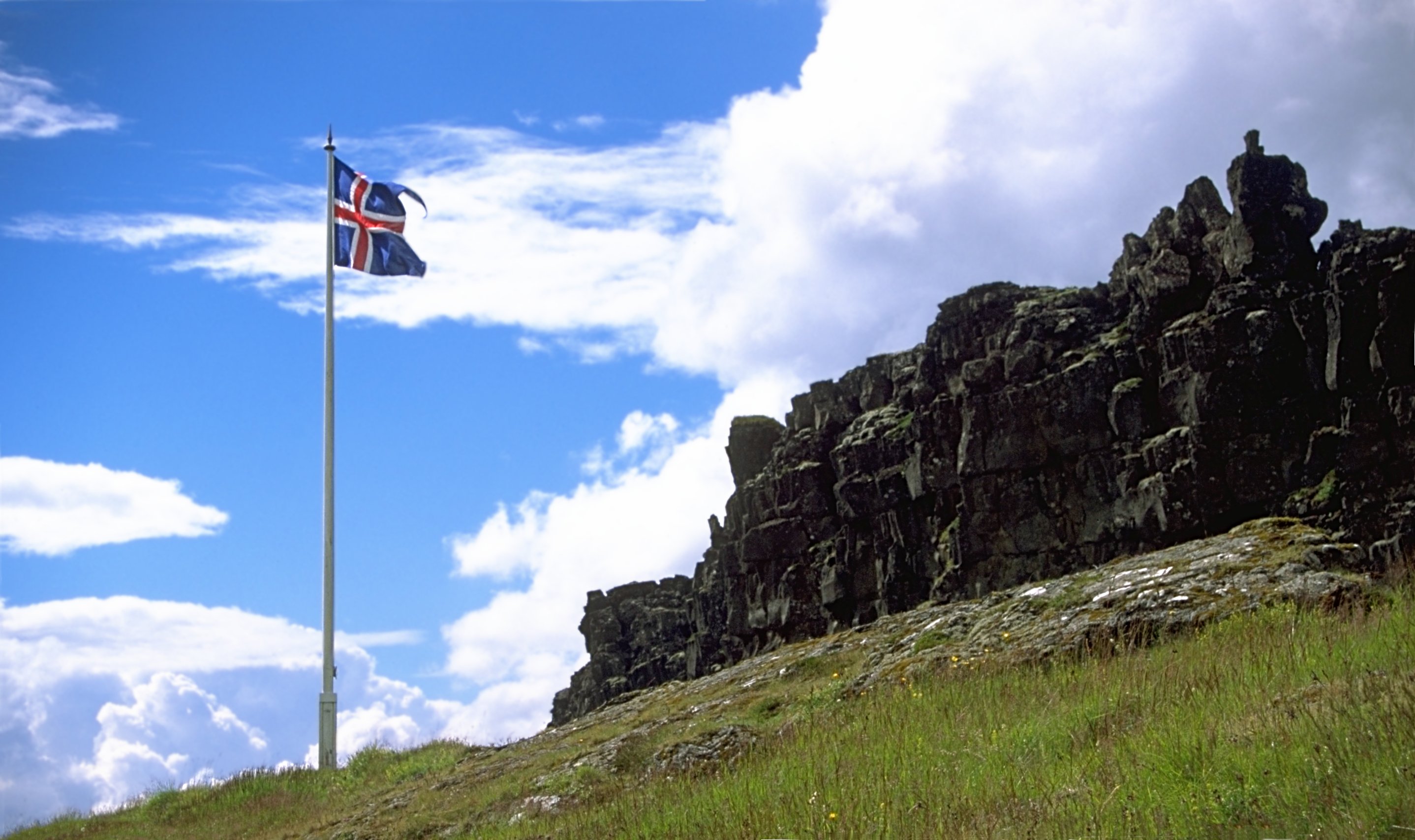 Icelandic flag in Thingvellir (photo by Andreas Tille)
Icelandic flag in Thingvellir (photo by Andreas Tille)
How Icelanders celebrate independence
Today, June 17, is a national holiday in Iceland. In 2024, Icelanders celebrate the 80th anniversary of the foundation of the republic, so the opportunity to celebrate is double.
Parades are held in every city, usually accompanied by a brass band. Among others, Icelandic scouts take part in them. After the parade, it's time for official speeches. One of the speakers is Fjallkonan - a "Lady of the Mountain" dressed in traditional clothing, the female embodiment of Iceland. Later, Icelanders party less formally, either among themselves or at the numerous musical events that day. In some cities, celebrations are held indoors due to the capricious weather in June. It is a day of joy and national pride.
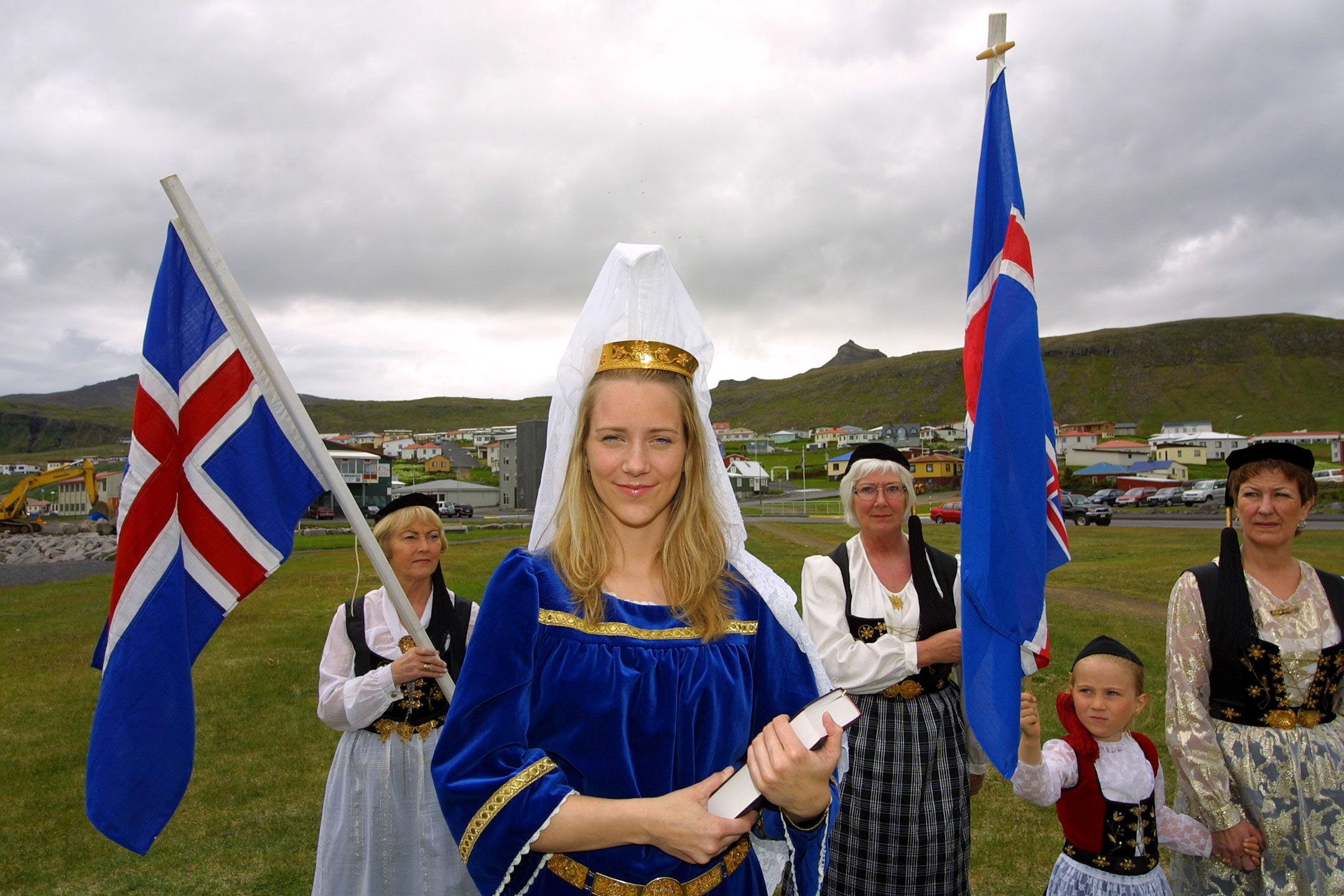 Fjallkonan during Iceland's Independence Day celebrations (source: visiticeland.com)
Fjallkonan during Iceland's Independence Day celebrations (source: visiticeland.com)
Information about the article
The article was written by Paweł Nowak (Communication and Promotion Unit, Department of Assistance Programmes, Ministry of Development Funds and Regional Policy)

